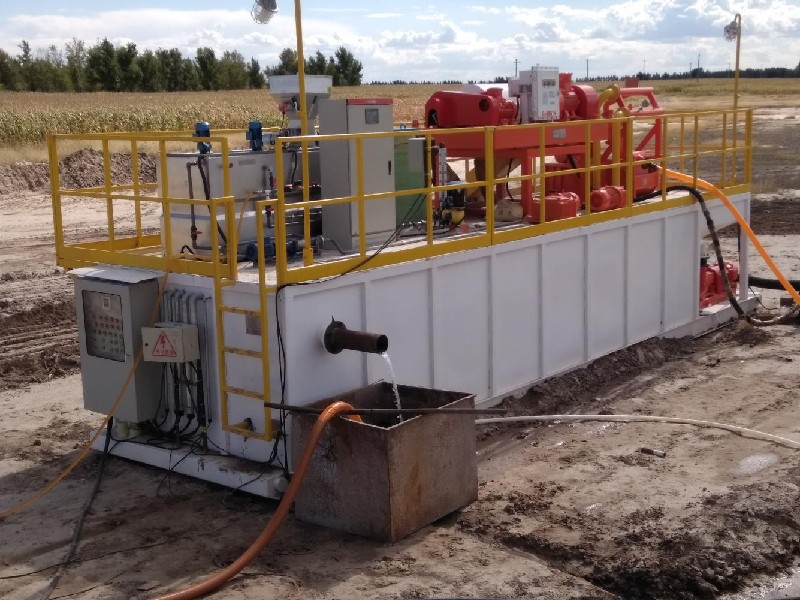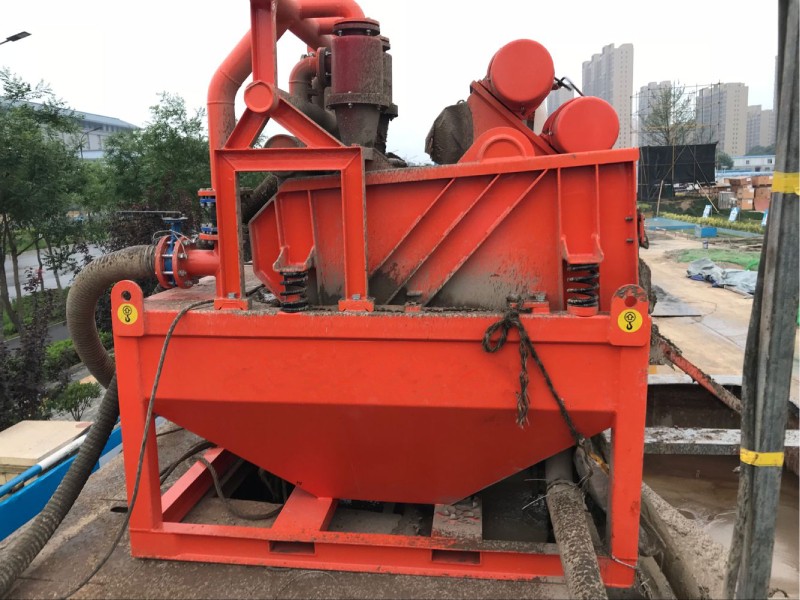Dredging is a critical process in maintaining water bodies, including lakes, rivers, ponds, and reservoirs, as well as municipal pipelines and drainage systems. It involves the removal of sediment, debris, and other materials that accumulate over time, which can hinder water flow, reduce water quality, and impact aquatic life. A dredge slurry dewatering system is an integral part of this process, providing efficient management and disposal of dredged materials. This article explores the importance of these systems in various dredging applications and discusses options like river dredge for sale, dredge for sale, and river dredging equipment.
The Importance of Dredge Slurry Dewatering Systems in Dredging Projects
A dredge slurry dewatering system is designed to separate water from the dredged slurry, making it easier to manage and dispose of the solid materials. This system is essential in various dredging applications, including:
Lake Dredging: Lakes often require dredging to remove accumulated sediments and maintain water quality. Dewatering systems help efficiently process the dredged materials, allowing for proper disposal and reuse of the clean water.
River Dredging: Rivers are subject to natural sedimentation processes that can impede water flow and navigation. Dewatering systems are crucial for river dredging operations, providing effective management of the dredged slurry and helping to maintain clear waterways.
Pond Reservoir Dredging: Ponds and reservoirs can become filled with silt and debris over time, affecting water storage capacity and quality. Dewatering systems facilitate the removal and treatment of these materials, ensuring that ponds and reservoirs remain functional and safe.


Applications of Dredge Slurry Dewatering Systems in Various Projects
The versatility of dredge slurry dewatering systems makes them ideal for a wide range of dredging projects, including:
Municipal Pipelines Dredging Sludge: Dewatering systems are used to process sludge from municipal pipelines, reducing the volume of waste and making it easier to handle and dispose of.
Clear Water Stations Desilting: These systems help remove sediment and debris from clear water stations, ensuring that the water remains clean and safe for consumption.
Enterprise Slag Settling Pond Engineering: In industrial settings, dewatering systems are used to manage slag and other waste materials, promoting efficient waste management and environmental compliance.
Drainage Sewage Dredging Engineering: Dewatering systems are essential for managing dredged materials from drainage sewage systems, reducing the risk of blockages and maintaining proper water flow.
The Right River Dredge for Sale: Factors to Consider
When looking for a river dredge for sale, it's important to consider several factors to ensure you select the right equipment for your needs:
Type of Dredging Project: The type of dredging project you are undertaking will determine the specifications of the dredge you need. For example, lake dredging may require different equipment than river or pond dredging.
Capacity and Power: Consider the capacity and power of the dredge, especially if you are working on large-scale dredging projects. Ensure the dredge can handle the volume and type of sediment you are dealing with.
Ease of Operation and Maintenance: Look for dredging equipment that is easy to operate and maintain. This will help minimize downtime and ensure that your dredging operations run smoothly.
Cost and Budget: The cost of the dredge is a critical factor. Look for affordable options without compromising on quality and functionality.
Dredge for Sale: Investing in High-Quality Dredging Equipment
Investing in a high-quality dredge for sale is essential for ensuring the success of your dredging projects. When choosing a dredge, consider the following:
Durability and Reliability: Choose a dredge that is built to withstand the rigors of dredging operations, ensuring long-lasting performance and minimal maintenance requirements.
Technology and Features: Look for dredges equipped with the latest technology and features that enhance efficiency and productivity. Advanced dredging equipment can help reduce the time and effort required for dredging projects.
After-Sales Support and Service: Ensure the supplier offers robust after-sales support and service, including spare parts availability, technical support, and maintenance services.
The Role of River Dredging Equipment in Environmental Protection
River dredging equipment plays a crucial role in environmental protection by maintaining clear waterways, preventing flooding, and preserving aquatic habitats. Effective dredging helps remove pollutants and debris from water bodies, improving water quality and supporting biodiversity.
Sediment Management: River dredging equipment helps manage sediment accumulation, ensuring that rivers remain navigable and free from obstructions.
Flood Prevention: By removing excess sediments and debris, dredging equipment helps prevent flooding, protecting communities and infrastructure from water damage.
Aquatic Habitat Preservation: Dredging helps maintain the natural flow of rivers, supporting aquatic habitats and promoting healthy ecosystems.
The success of any dredging project depends on the efficiency of the dredging equipment and dewatering systems used. By investing in a high-quality dredge slurry dewatering system and selecting the right river dredge for sale or other river dredging equipment, you can ensure efficient, cost-effective, and environmentally friendly dredging operations. These systems not only enhance the performance of dredging projects but also contribute to environmental sustainability by minimizing waste and reducing the impact on water bodies.
 Linear Motion Shale Shaker In Drilling Rig
Linear Motion Shale Shaker In Drilling Rig  Oilfield Mud Cleaner
Oilfield Mud Cleaner  Drilling Fluid Decanter Centrifuge
Drilling Fluid Decanter Centrifuge  Drilling Mud Desander
Drilling Mud Desander  Hydrocyclone Desilter
Hydrocyclone Desilter  Centrifugal Pump/Centrifugal Mud Pump
Centrifugal Pump/Centrifugal Mud Pump  Shear Pump
Shear Pump  Jet Mud Mixer
Jet Mud Mixer  Horizontal Mud Agitator
Horizontal Mud Agitator  Constant Pressure Drilling Fluid Mud Gas Separator
Constant Pressure Drilling Fluid Mud Gas Separator  Mud Gun
Mud Gun  Mud Tank
Mud Tank  Solids Control System Vacuum Degasser
Solids Control System Vacuum Degasser  Flare Ignition Device
Flare Ignition Device  Diesel Tank
Diesel Tank  Submersible Slurry Pump
Submersible Slurry Pump 







































